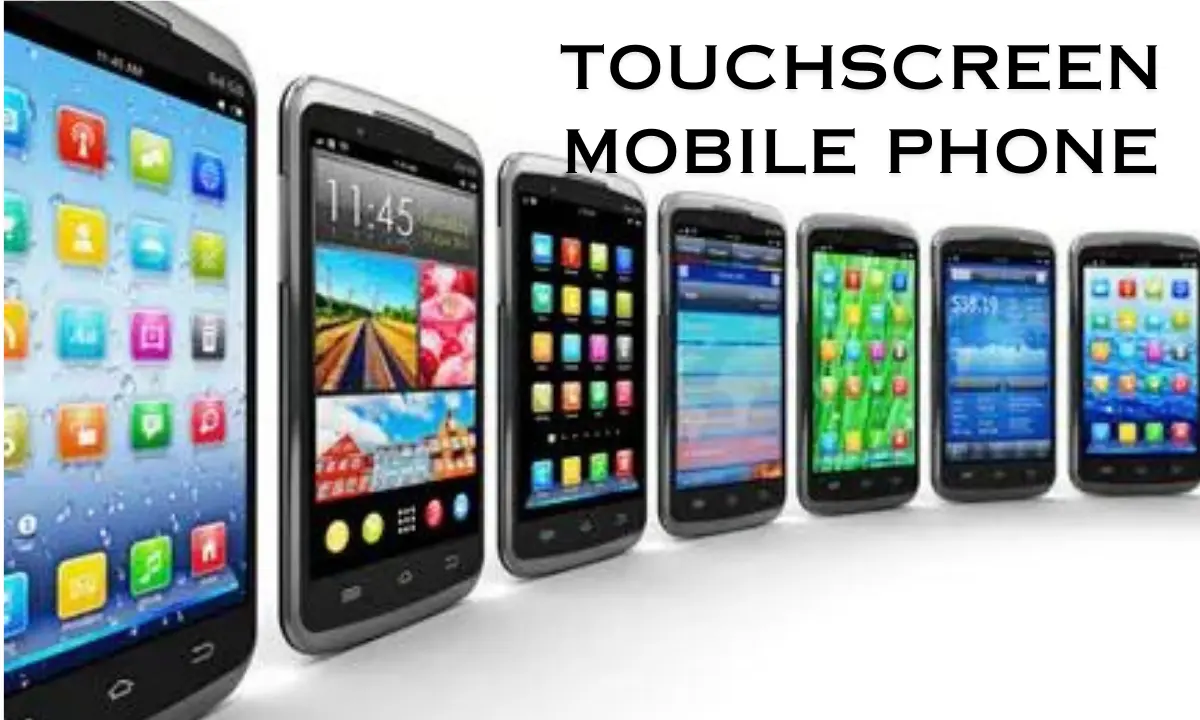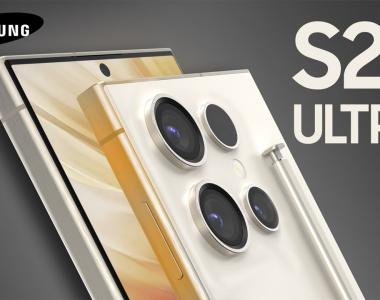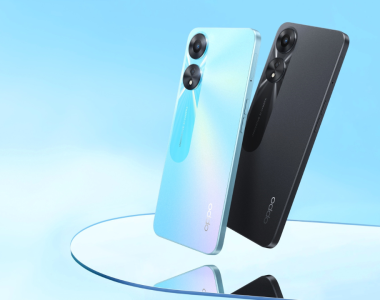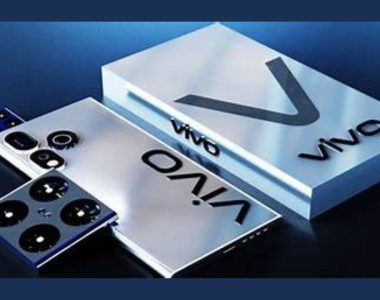
In the dynamic world of mobile technology, touchscreen mobile phones have emerged as a game-changer, revolutionizing the way we communicate, interact, and navigate digital realms. Gone are the days of physical keypads and buttons; today’s smartphones feature intuitive touchscreens that allow users to seamlessly navigate apps, browse the web, and communicate with a simple touch. In this blog post, we will explore the evolution of touchscreen mobile phones, their benefits and how they have transformed our digital experiences.
Touchscreen Mobile Phone
Evolution of Touchscreen Technology:
The journey of touchscreen mobile phones began with resistive touchscreens that responded to pressure, paving the way for more accurate and responsive capacitive touchscreens. Modern smartphones now feature advanced multi-touch capacitive displays that support gestures like tapping, swiping, pinching, and scrolling, offering a more natural and intuitive user experience.
Benefits of Touchscreen Mobile Phones:
One of the key benefits of touchscreen mobile phones is their versatility and flexibility. Users can customize their home screens, arrange apps, and access features with ease, personalizing their device to suit their preferences. Touchscreens also enhance accessibility, allowing users with disabilities to interact with smartphones using gestures and voice commands.
Enhanced User Experience:
Touchscreen mobile phones have transformed the user experience, making tasks such as texting, emailing, gaming, and browsing more intuitive and efficient. The responsive nature of touchscreens ensures quick and accurate input, while features like haptic feedback provide tactile sensations for enhanced usability.
Integration of Advanced Technologies:
Modern touchscreen mobile phones integrate advanced technologies such as AMOLED and OLED displays for vibrant colors and sharp contrasts, high refresh rates for smooth scrolling and gaming, and in-display fingerprint sensors or facial recognition for secure authentication. These technologies enhance the overall user experience and functionality of touchscreen devices.
Applications Across Industries:
Touchscreen mobile phones have found applications across various industries, from education and healthcare to business and entertainment. They enable interactive learning experiences, facilitate telemedicine consultations, support productivity and collaboration in the workplace, and provide immersive gaming and entertainment experiences on the go.
Future Trends and Innovations:
Looking ahead, touchscreen mobile phones are expected to continue evolving with innovations such as foldable displays, augmented reality (AR) and virtual reality (VR) integration, and improved gesture controls. These advancements will further enhance the capabilities and possibilities of touchscreen devices, shaping the future of mobile technology.
FAQs
Are touchscreen mobile phones more prone to damage than traditional phones with physical buttons?
Touchscreen mobile phones are generally durable, but their glass displays can be susceptible to cracks or scratches if not handled carefully. Using screen protectors and protective cases can help minimize damage.
Can I use a stylus with a touchscreen mobile phone?
Many touchscreen mobile phones support stylus input, especially models designed for note-taking or creative tasks. Some devices even come with a built-in stylus or offer compatibility with third-party stylus pens.
Do touchscreen mobile phones consume more battery compared to phones with physical buttons?
Touchscreen mobile phones may consume slightly more battery due to the display’s power requirements. However, advancements in battery technology and optimization techniques help minimize battery drain on modern smartphones.
Can I use gloves with a touchscreen mobile phone?
Some touchscreen mobile phones come with glove mode settings that enhance touch sensitivity, allowing users to use the device with gloves on. Alternatively, specialized touchscreen-compatible gloves are available for seamless interaction.
What are some common gestures used on touchscreen mobile phones?
Common touchscreen gestures include tapping to select or open items, swiping to scroll or navigate, pinching to zoom in or out, and dragging to move elements on the screen. Learning and mastering these gestures can improve user efficiency.
Conclusion:
Touchscreen mobile phones have revolutionized the way we interact with technology, offering unparalleled convenience, versatility, and functionality. From intuitive gestures to immersive experiences, these devices have become indispensable tools in our daily lives.
As touchscreen technology continues to evolve and innovate, we can expect even more exciting possibilities and enhancements in the future, further enriching our digital experiences. Embrace the touch and unlock a world of endless possibilities with touchscreen mobile phones.



